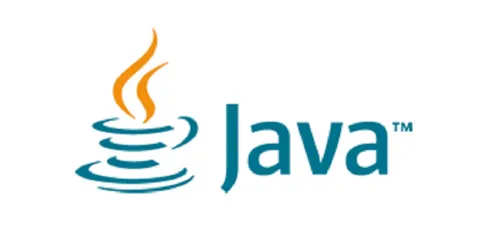Java has remained a dominant force in backend development for decades. Its robustness, platform independence, and extensive libraries make it an ideal choice for building scalable and secure applications. But what makes Java so powerful for backend development? This guide explores Java backend development, its key components, and how developers can master it.
Why Choose Java for Backend Development?
1. Platform Independence
Java follows the Write Once, Run Anywhere (WORA) philosophy. Applications written in Java can run on any system that supports the Java Virtual Machine (JVM). This flexibility makes Java an excellent choice for large-scale, distributed applications.
2. Performance and Scalability
Java is designed for high-performance computing. With Just-In-Time (JIT) compilation and garbage collection mechanisms, Java optimizes resource usage and enhances application speed. Many enterprise-level applications rely on Java due to its ability to handle thousands of concurrent connections.
3. Strong Security Features
Security remains a priority in Java development. Features like runtime checking, memory management, and API security ensure applications remain protected from vulnerabilities. Java’s secure libraries and frameworks further bolster its reputation for developing enterprise applications.
4. Rich Ecosystem of Frameworks
Java offers powerful backend frameworks that simplify application development. Frameworks like Spring Boot, Hibernate, and Jakarta EE help developers build scalable and maintainable backend systems. These tools handle complex tasks like dependency injection, ORM (Object-Relational Mapping), and microservices architecture.
Key Components of Java Backend Development
1. Spring Framework
Spring is the most widely used Java backend framework. It simplifies application development by providing tools for dependency injection, security, and microservices. Spring Boot, a subset of Spring, allows developers to create standalone applications with minimal configuration.
2. Hibernate ORM
Working with databases can be tedious, but Hibernate simplifies database interactions using Object-Relational Mapping (ORM). Instead of writing SQL queries, developers can use Java objects to interact with databases, reducing boilerplate code.
3. Jakarta EE (formerly Java EE)
Jakarta EE offers a comprehensive suite of APIs for enterprise application development. It includes tools for servlets, RESTful web services, dependency injection, and authentication, making it a robust choice for large-scale applications.
4. Microservices Architecture
Microservices architecture is gaining traction in modern backend development. Java, with Spring Boot and Spring Cloud, enables developers to build modular, scalable, and loosely coupled services that work independently yet cohesively.
Steps to Becoming a Java Backend Developer
1. Master Core Java
Understanding core Java concepts like OOP principles, data structures, multithreading, and exception handling is essential before diving into backend development.
2. Learn Java Backend Frameworks
Familiarity with Spring Boot, Hibernate, and Jakarta EE enhances backend development efficiency. These frameworks handle tasks like routing, security, and database management seamlessly.
3. Understand Databases
A backend developer must work with databases efficiently. Learning SQL and NoSQL databases like MySQL, PostgreSQL, and MongoDB is crucial for data management.
4. Develop API Skills
Backend developers create RESTful APIs to enable communication between frontend applications and databases. Understanding HTTP methods, status codes, and authentication techniques (OAuth, JWT) is necessary for API development.
5. Gain Hands-on Experience
Theoretical knowledge is not enough; practical experience is key. Building projects, contributing to open-source software, or developing personal applications helps solidify backend development skills.
Best Practices for Java Backend Development
1. Follow Clean Code Principles
Readable and maintainable code improves collaboration and scalability. Using proper naming conventions, modular functions, and meaningful comments ensures better code quality.
2. Use Dependency Injection
Spring’s Inversion of Control (IoC) principle improves code maintainability. Instead of hardcoding dependencies, injecting them as needed enhances modularity.
3. Optimize Database Queries
Inefficient queries slow down applications. Using indexing, caching mechanisms, and ORM tools like Hibernate prevents performance bottlenecks.
4. Implement Security Measures
Securing APIs and databases is crucial. Using JWT, OAuth, and encryption techniques ensures that user data remains protected.
5. Enable Logging and Monitoring
Monitoring logs helps diagnose issues before they impact users. Using tools like Log4j, ELK Stack, and Prometheus improves backend system reliability.
Future of Java Backend Development
Despite the rise of new programming languages, Java continues to evolve. The integration of cloud computing, AI-driven applications, and microservices architecture keeps Java relevant. Frameworks like Spring Boot ensure that Java remains at the forefront of backend development.
Conclusion
Java backend development remains a powerhouse in the tech industry. Its ability to build scalable, secure, and high-performance applications makes it a top choice for developers and enterprises alike. Whether you are starting as a Java backend developer or refining your skills, mastering Java frameworks, database management, and API development is essential for success.
Are you looking for skilled Java backend developers? Evigilant specializes in recruiting top-tier tech talent. Connect with us today to find the perfect match for your development needs!




